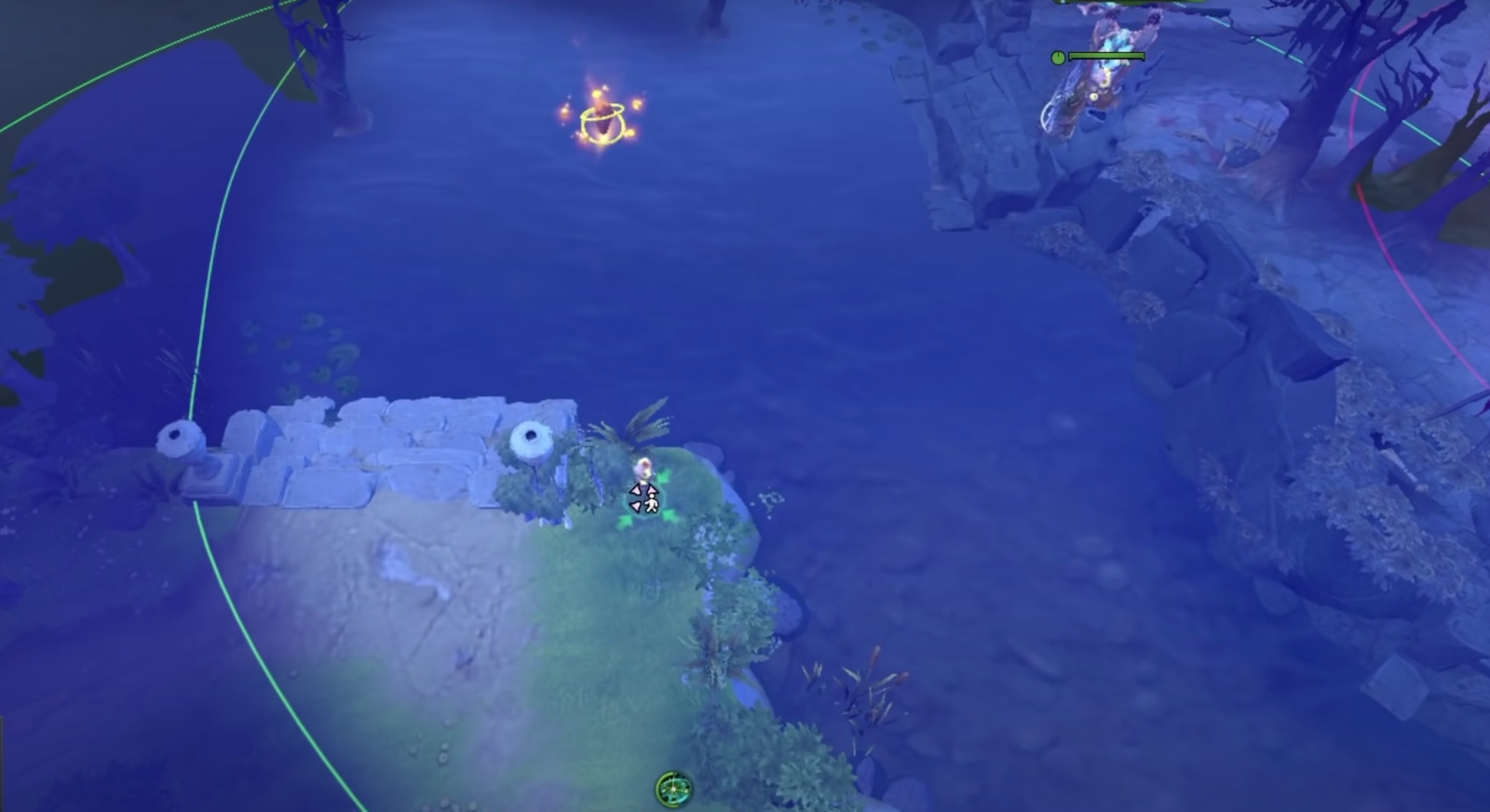A player’s quick guide to warding in Dota 2
Dota 2, developed by Valve, is a multiplayer online battle arena (MOBA) game wherein the players need to work with their teammates in hopes of conquering the bases of their opponents. The interesting gameplay of Dota 2 allows players to strategize with their teammates so they can win. Among these strategies is by knowing the different roles and skills needed in the game.
By knowing the roles to be played, the players will have an idea on how to move around the battlefield. In fact, some players may need wards, regardless of what rank they may be in.
Warding is an important skill in Dota 2 which the players must learn how they can use this to their advantage. To have a better advantage than the opposing team, here’s what you need to know about warding:
What are wards?
Each Dota 2 hero has a peripheral vision that allows them to see everything around them. With this, players can see everything around their teammates’ heroes, including friendly creeps, towers, commanded troops, and summons, via shared vision. However, the rest of the map is obscured by the fog of war, which means they can’t see what’s going on in the other locations.
Wards are the most effective means of obtaining vision because they are permanent artefacts that can be placed in most areas of the map to see a glimpse of a certain region. This also allows players to spot opposing heroes as they pass by.
The enemy cannot see these valuable artefacts, and when placed right, they might be even difficult to detect. They not only help with vision but can also be used to block neutral camps.
Two types of wards
Learning more about Dota 2 wards is a fundamental skill that improves gaming quality and experience. Any player can place a ward on any spot on the map. As long as it provides good information, it is considered a good ward. There are two ward types players should know. These are the observer and sentry wards.
Observer wards
Observer wards have a 1,400-point radius of view around them but are unable to detect unseen units. Their vision may be hindered unless they are elevated. Observer wards become invisible after being placed, but the opponent can identify them using a variety of detecting skills and items. Once detected, they can be destroyed.
Players can easily have this ward type as each team begins the game with two observer wards and can have up to four at any moment. One ward replenishes every 135 seconds. Observer wards are completely free to purchase and share. They last for six minutes or until they are destroyed after being put.
Sentry wards
Sentry wards provide visibility on enemy wards and invisible troops. However, they don’t have vision on their own. They can also be only destroyed in the same way as observer wards can.
A team begins with three sentry wards and can have up to ten at any given time. One sentry ward replenishes every 85 seconds. They may be purchased for 75 gold each and last for eight minutes once installed.
Stages of warding
Timing is an important element that should be considered when learning this skill. Here are two stages of warding that players should keep in mind:
Early game
In the first two minutes of the game, players should have a good vision as it allows them to see what they can expect from the map. Each player will start the game with 2 wards — one for the offlaner and the last one for the midlaner.
- To ward on the midlane: Midlaners need an amazing ward to have a clear vision of the power-up runes and the high ground of the mid lane.
- To ward on the offline: This is harder to ward because there are more objectives. To block a camp, players must grant some vision for killing the couriers or have a vision on their enemy support movements.
- To ward on the safelane: Players can get a ward in the first few minutes of the games in case they are laning against heroes that benefit from the fog of war.
On the first night
Upon reaching the 5:00 minute mark, bounty runes are spawned and the environment gets darker. It is the perfect time to make rotations, get bounties, and start warding around the areas.
Tactical types of warding
The type of warding depends on the current situation of a match. Here are the three major tactical types of warding in Dota 2:
Objective
When players want to achieve a specific goal such as obtaining a tower, controlling runes, or murdering a courier, they use the objective type. If the entire team is going to take down a tower, players need to save at least two wards to see if the enemy is planning to defend or just let the tower fall.
Defensive
Players who are having a difficult time as the opposing team takes control of the map needs to defend their region, such as the jungle. They’ll need their heroes to farm safely and quickly as possible. These wards are in place to avoid serious team battles and pickoffs that can be detrimental to the squad.
Aggressive
Players who are having a good time may require wards to increase pressure on the enemy map with the goal to keep the opponents from farming anywhere. This will make them feel very uncomfortable and they will be frightened to leave their base. Therefore, they will not get any items.
These are just some basic information that Dota 2 players need to know about warding skill. By knowing its importance and its proper use, players will have a better vision of the game. With a clear vision, the players can easily come up with better strategies that will help them win!

